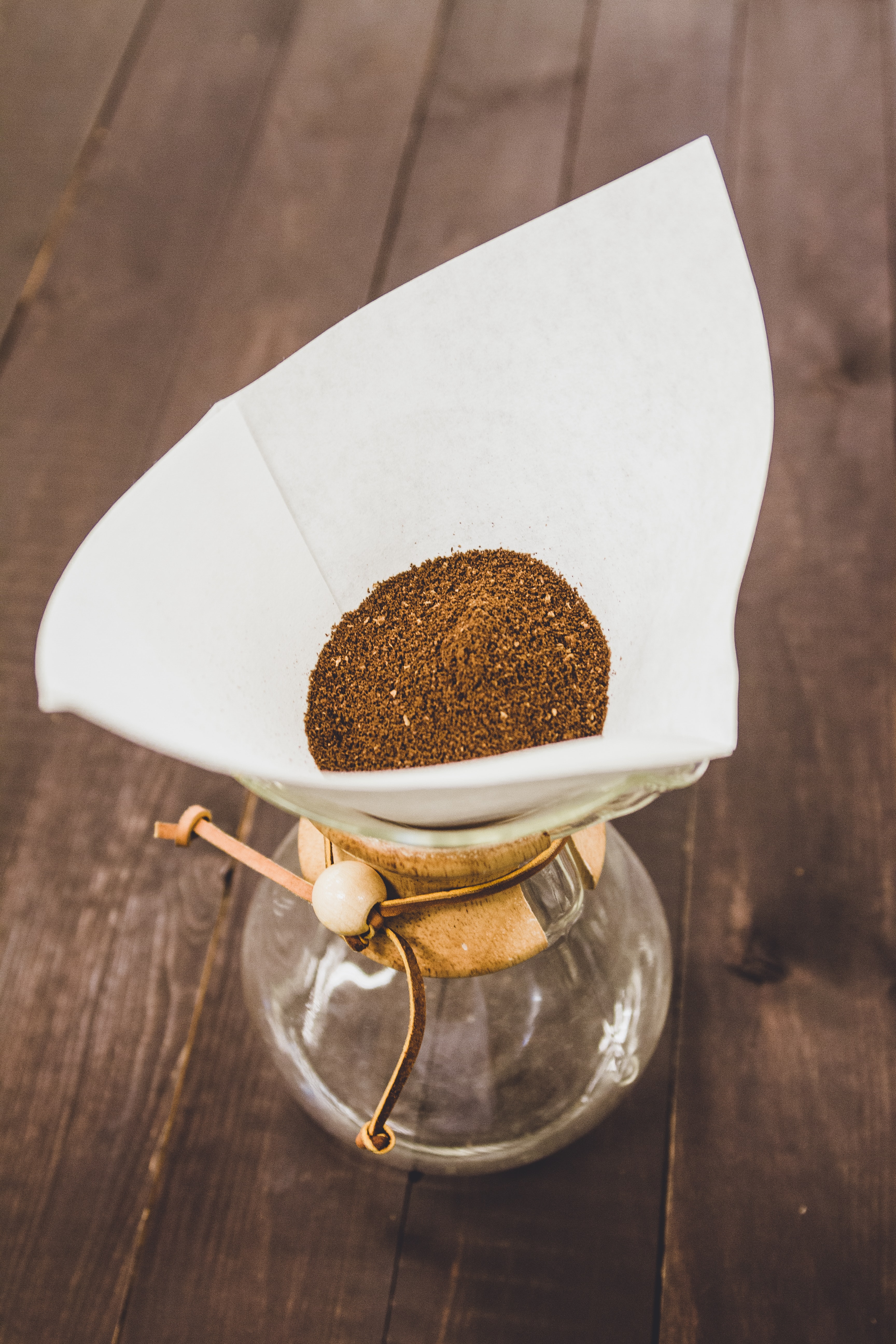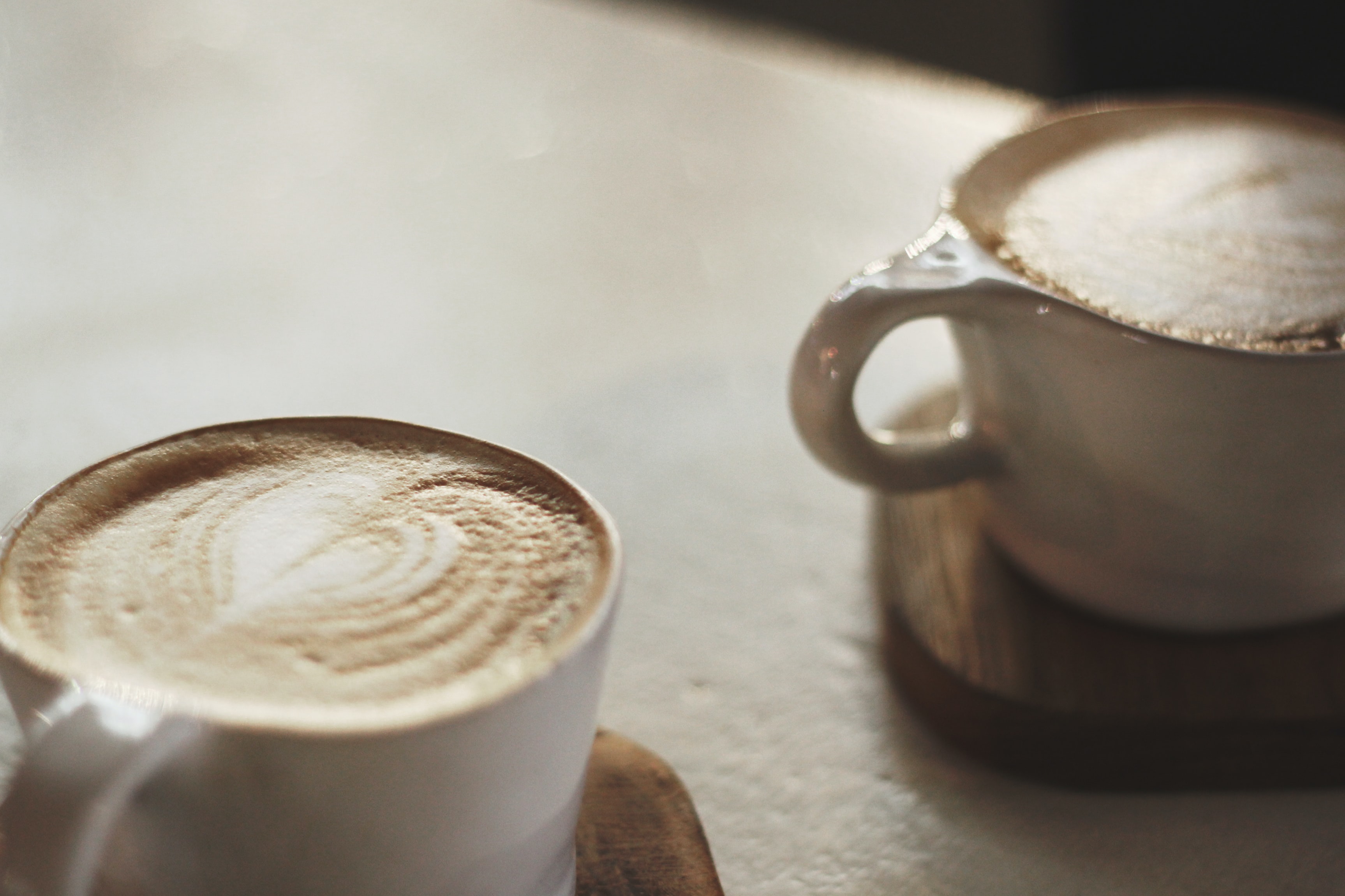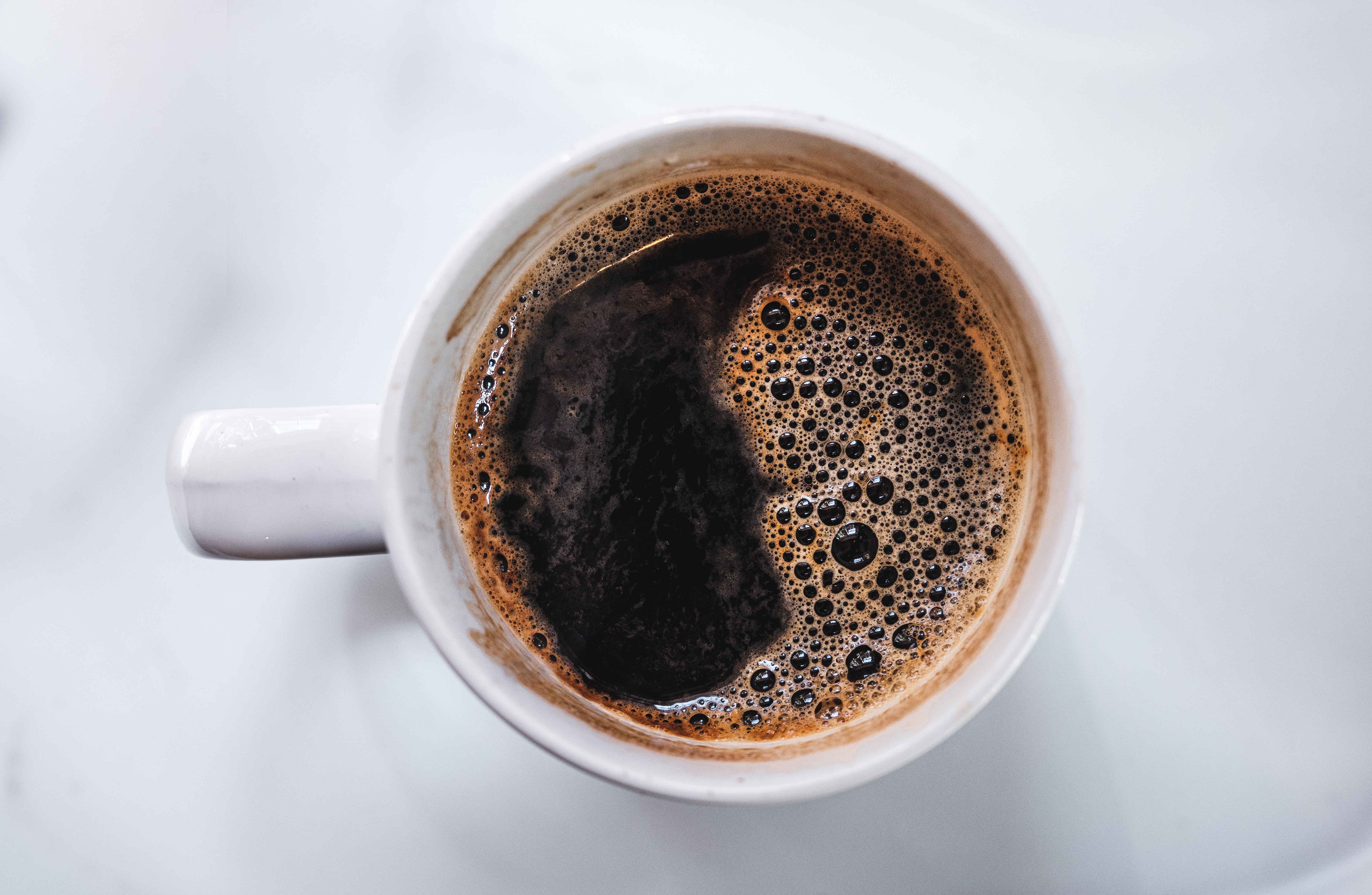Can water temperature impact your coffee?
We don’t often consider it when making our daily brew, but water is the main ingredient in a cup of coffee. For instance, if you’re drinking an espresso, it will consist of around 90% water, whilst a filter coffee can be as much as 98% water.
Like how the difference in the cooking temperature of food can influence the taste, the brewing temperature of water can have a big effect on the taste of coffee. If you’re finding it difficult to get the best experience out of your coffee, there is a strong possibility that the temperature is the issue.
There has been a lot of trial and error during the history of brewing coffee to reach the point we’re at today with the knowledge of how to make coffee taste good. Taste alone has guided much of what has been learned, but now we have an understanding of the science behind a delicious cup of coffee too.
If you want to learn how to make a professional cup of coffee at home, why not try a barista training course?
Brewing temperature
When we use the term brewing temperature, we’re referring to the temperature of the water as soon as it comes into contact with the coffee. During the brewing process, we’re trying to extract flavour from the coffee and into the water. The temperature of the water impacts which flavours are pulled out of the coffee and how quickly.
The first step is to grind the beans to increase the surface area of the coffee, so when water passes through it (like with an espresso machine), it is able to draw out enough of the coffee flavour. If the beans are grinded too coarsely, the water will pass quickly and won’t extract enough. Whereas if the beans are grinded too finely, the water struggles to go through and too much is extracted.

To ensure a good tasting cup of coffee, it’s important to check you have the correct dosage, most espresso machines will use between 10 and 20 grams. It’s worth investing in a high-quality espresso maker if you love coffee and want to make sure you get the best results.
A common mistake when brewing coffee is adding boiler water to it. Doing so will create a very bitter tasting cup of coffee. This is because the boiling water causes over extraction and brings out undesirable flavours from the coffee.
You might not believe it but 1°C can make a big difference in the taste of coffee. This is why the best equipment and coffee training are beneficial in providing knowledge, practical skills, and the option of temperature stability features to ensure you’re sticking to the right temperature consistently.
It is generally acknowledged that the optimal brewing temperature for espresso coffee is between 91 and 95°C. Therefore, it’s recommended that you start with 93°C and adjust accordingly. Anything below that temperature will result in more acidic coffee.
Lastly, the timing is very important. To achieve the right extraction, you need to ensure the time the water takes to pass through the coffee ground is optimum. Broadly speaking, this is often round 20 to 30 seconds for espresso coffee but think of this as guidance rather than a rule.
Research within the coffee industry has shown that generally we like the taste of coffee that has an extraction of between 18 and 22%. By that we mean the percentage of coffee grounds that have been extracted into the water. You don’t need to rely on science though, you can simply taste it for yourself.
Drinking temperature
If you go into a modern coffee shop, you might have wondered why the coffees aren’t served as hot as they used to be. This isn’t a trend but a key change in order to get better tasting coffee. At hotter temperatures, coffee has less flavour.
If you let your coffee cool to between 50 and 60°C however, you’ll notice that you can taste more of the flavours and sweetness of the beans. Additionally, heating milk above 75°C will lead the proteins to denature and curdle. If you want the perfect quality milk for your coffee, you’ll want to keep it below that temperature.

Different temperatures for different coffee roasts
A more advanced consideration for your coffee, which you can learn about in more depth on our barista course Newcastle, is whether you’re using the correct temperature for the roast profile of your beans. Roasts are loosely categorised as light, medium, or dark.
Keep in mind that coffee beans are the seed of the coffee plant. The roasting process involves breaking down the material of the plant or cellulose. Typically, light roasts are more difficult to grind and extract from in comparison to dark roasts which are the opposite. This means the lighter the roast, the hotter the brewing temperature should be.
Conclusion
The temperature of the water has a big impact on the taste of your coffee. If you normally brew with boiling water, try a slightly cooler temperature, and see if the flavours are any better. Also, you could try and wait for the temperature to drop to 60°C and see if you can taste the difference.
If you’re interested in taking your coffee skills to the next level and have been searching ‘coffee making course near me’ Pumphrey’s can help. We offer extensive coffee training and barista training course to give you a better insight into the world of coffee and potentially kickstart your career as a barista. Contact us today to find out more.

 Pound Sterling
Pound Sterling
